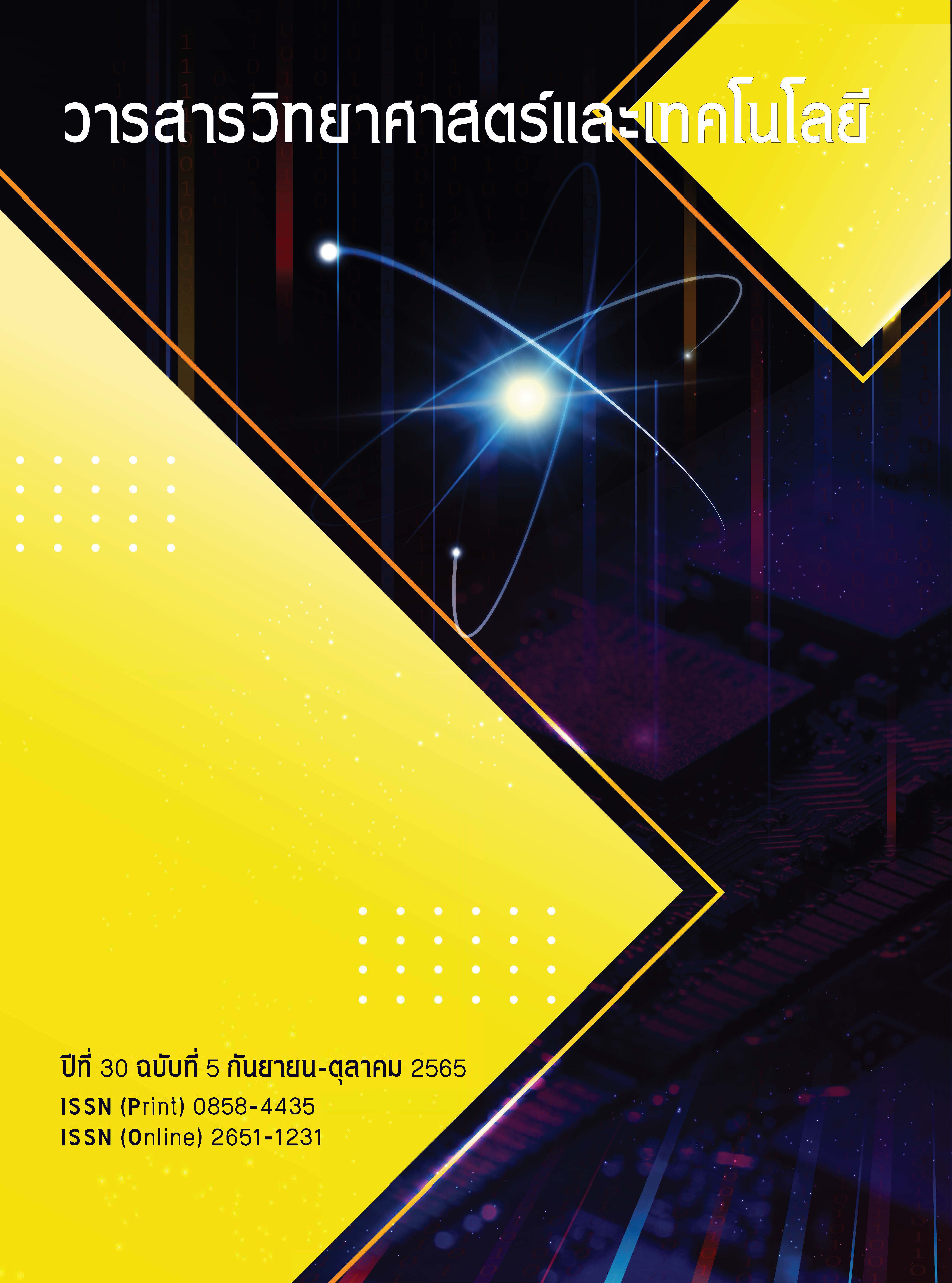Karyotype and Meiotic Chromosome Behavior of Leaf Sucking Bug (Strachia crucigera)
Main Article Content
Abstract
Leaf sucking bug or black cabbage bug, Strachia crucigera is an insect that lives in vegetable plots, including cabbage and cauliflower. It has a particular type of chromosome called holocentric chromosomes that allow fragmented chromosomes to move to a pole at anaphase, thus preventing chromosome loss. In this study, the black cabbage bugs collected from Chon Buri province were studied for meiotic chromosome behavior and karyotype using aceto-orcein staining. The result revealed that the chromosome complement of Strachia crucigera was 2n = 14 (12A+XY). Meiotic chromosome behaviors showed that autosomes divided pre-reductionally while sex chromosomes divided post-reductionally (divide equationally at anaphase I but divide reductionally at anaphase II). At metaphase I, the sex chromosomes, X and Y, often formed a pseudo-bivalent at the center of the ring, while the autosomal bivalents were arranged in a circle. Meiosis cell division of this insect is similar to that of other Heteropteran species (insect, Hemiptera).

